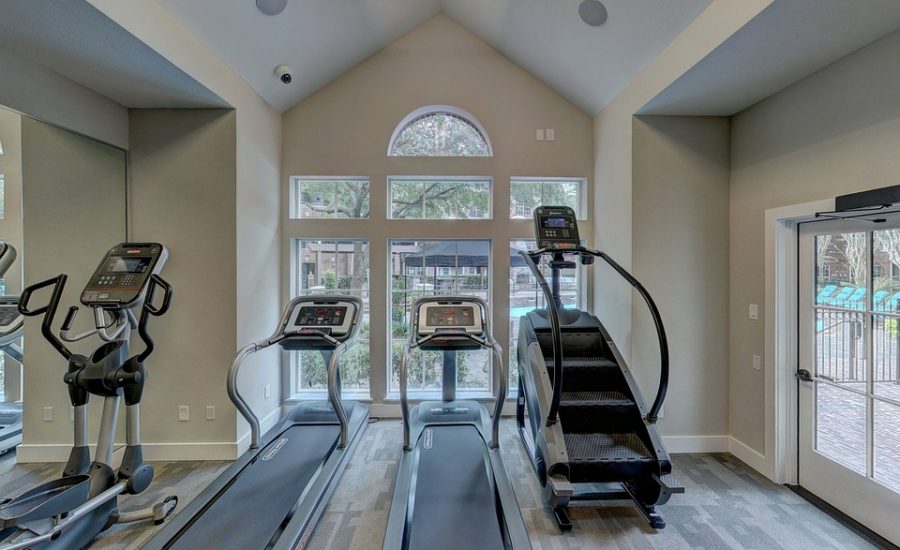In today’s fast-paced world, finding time to exercise can feel like an uphill battle. However, creating a structured weekly home exercise schedule can help you stay on track with your fitness goals while also fitting into your busy lifestyle. In this article, we will guide you step-by-step on how to design a personalized weekly exercise plan that you can stick to.
Why a Weekly Exercise Schedule Matters
Benefits of Regular Exercise
Creating a regular exercise schedule offers numerous advantages:
- Improved Physical Health: Regular workouts enhance cardiovascular health, build strength, and improve flexibility.
- Mental Clarity: Exercise releases endorphins, which can help alleviate stress and anxiety.
- Consistency is Key: A schedule helps establish a routine, making it easier to incorporate workout sessions into your life.
Step 1: Assess Your Current Fitness Level
Before diving into designing your schedule, it’s vital to assess your starting point. Consider the following:
- Physical Fitness Level: Are you a beginner, intermediate, or advanced?
- Current Exercise Routine: What activities are you already doing? How often?
- Fitness Goals: What do you aim to achieve? Fat loss, muscle gain, flexibility, or endurance?
This assessment will help you create a plan that suits your abilities and aligns with your goals.
Step 2: Choose Your Preferred Workout Types
Identifying the types of workouts you enjoy is crucial for sticking to your schedule. Here are some common workout types to consider:
- Cardio: Running, cycling, or skipping rope.
- Strength Training: Bodyweight exercises like push-ups and squats, or using weights.
- Flexibility and Balance: Yoga or Pilates.
- High-Intensity Interval Training (HIIT): Short bursts of intense activity followed by rest.
Tip: Mix It Up!
Incorporating various workout types will keep things fresh and exciting. Plus, it offers the benefit of training multiple fitness components.
Step 3: Determine Your Availability
Understanding when you can realistically fit in workouts is crucial for maintaining discipline. Ask yourself:
- What days are you available? Consider both weekdays and weekends.
- What times work best for you? Early mornings, lunch breaks, or evenings?
Mapping out your free time will help you figure out where to slot in your workouts without overwhelming yourself.
Step 4: Create Your Weekly Exercise Schedule
Now it’s time to outline a structured plan. Here’s a sample weekly schedule:
Sample Weekly Exercise Schedule
| Day | Activity | Duration |
|---|---|---|
| Monday | Cardio (Running) | 30 min |
| Tuesday | Strength Training (Upper Body) | 45 min |
| Wednesday | Yoga or Pilates | 30 min |
| Thursday | HIIT | 20 min |
| Friday | Strength Training (Lower Body) | 45 min |
| Saturday | Cardio (Cycling) | 60 min |
| Sunday | Rest Day | – |
Customize Your Schedule
Feel free to modify the schedule based on your interests and availability. Remember to listen to your body and allow for rest days to prevent burnout.
Step 5: Set Realistic Goals
Setting achievable fitness goals is essential for motivation. Here are some suggestions:
- Short-Term Goals: Aim to exercise 3-4 times a week for a month.
- Long-Term Goals: Plan for potential milestones, such as participating in a local 5K or achieving a specific strength target.
Use SMART Goals
Make your goals Specific, Measurable, Achievable, Relevant, and Time-bound to enhance clarity and accountability.
Step 6: Track Your Progress
Keeping track of your achievements can help you stay motivated and committed to your schedule. Here are some tracking methods:
- Exercise Journal: Write down your workouts, feelings, and observations.
- Fitness Apps: Use apps to log workouts and monitor progress.
- Weekly Reviews: Reflect on what worked and what didn’t at the end of each week.
Celebrate Small Wins
Don’t forget to celebrate your progress, no matter how small. Whether it’s completing a challenging workout or hitting a weekly goal, acknowledging achievements can boost your morale.
Step 7: Stay Flexible and Adaptable
Life can sometimes get in the way of even the best-laid plans. If something disrupts your schedule, don’t be too hard on yourself. Here’s how to stay adaptable:
- Adjust Your Plan: Swap days or reduce workout durations if you’re crunched for time.
- Listen to Your Body: If you’re feeling fatigued, consider taking an extra rest day.
- Mix It Up: Take a walk instead of a workout if you need a break from your routine.
Conclusion
A well-structured weekly home exercise schedule can be a game-changer for your fitness journey. By assessing your fitness level, choosing your preferred activities, and setting realistic goals, you can create a plan tailored just for you. Remember to track your progress and stay adaptable along the way.
Now, roll up your sleeves and get ready to conquer your fitness goals! With discipline and consistency, you’ll not only stick to your exercise routine but also enjoy the benefits that come with it. Happy exercising!
Keywords for SEO Optimization
- Weekly exercise schedule
- Home workout plan
- Fitness goals
- Exercise tracking
- Health benefits of exercise
- Staying active at home
By integrating these strategies into your routine, you’ll maximize your chances of sticking to your weekly exercise schedule and enjoying the process along the way!









 Weight Loss, Unlocked.
Weight Loss, Unlocked.